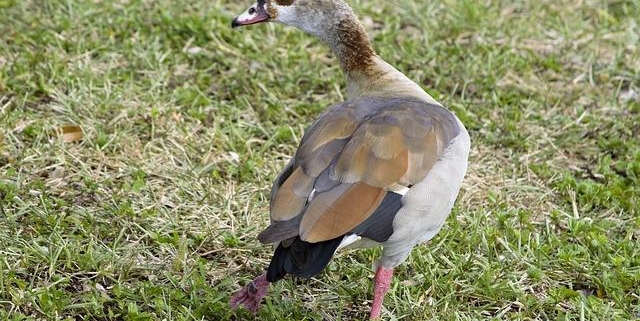
Limping in Children
Overview
Limping in children is a common concern for parents and healthcare providers alike. It refers to any type of difficulty that occurs while walking. Limping can be caused by a wide variety of conditions, ranging from minor injuries to serious health problems. In most cases, limping is temporary and goes away on its own. However, persistent limping in children can indicate a more serious problem that needs professional treatment.
Types
Limping in children is broadly categorised into two types on basis of pain:
1. Painful limping: This is caused typically by injury or inflammation and is most common. The child visibly exhibits discomfort while walking.
2. Painless limping: This is often more concerning as it can be a sign of nerve damage, neuromuscular conditions or bone diseases.
Causes
The most common causes of limping in children include minor injuries like sprains and strains, infections, fractures, and conditions like juvenile rheumatoid arthritis and hip dysplasia. Occasionally, more uncommon causes such as bone tumors and neurological conditions can also lead to limping.
Symptoms
While limping is itself a symptom, accompanying signs may include:
– Pain or discomfort
– Swelling or redness
– Fever
– Inability or reluctance to walk
– Deformity or visible injury
– Alteration in the child’s typical gait
Diagnosis
To diagnose the cause of limping, doctors typically start with physical examinations and a thorough medical history. This can be followed by imaging tests like X-rays or MRIs, laboratory tests like blood or fluid tests, and in some serious cases, a biopsy may also be required.
Treatment Options
Treatment options for limping in children will depend on the root cause. For minor injuries and conditions, rest, physical therapy, and non-prescription medication may suffice. More serious conditions may require prescription medication or surgical intervention.
Living With Limping in Children
Managing limping in children involves rest, proper care of injuries, and pain management. Encourage your child not to put weight on the affected limb and ensure a nutritious diet to support healing. In non-painful cases, regular observation and returning to normal activities safely under supervision can be practiced.
When to Seek Help
Seek medical attention immediately if your child:
– Has severe pain or discomfort
– Is unable to walk at all
– Has obvious deformity or visible injury
– Has other symptoms like fever or redness along with the limp
– Is limping persistently without any clear reason
Remember, your child’s health is important, and any significant change in their behavior, such as a limp, warrants professional attention.
